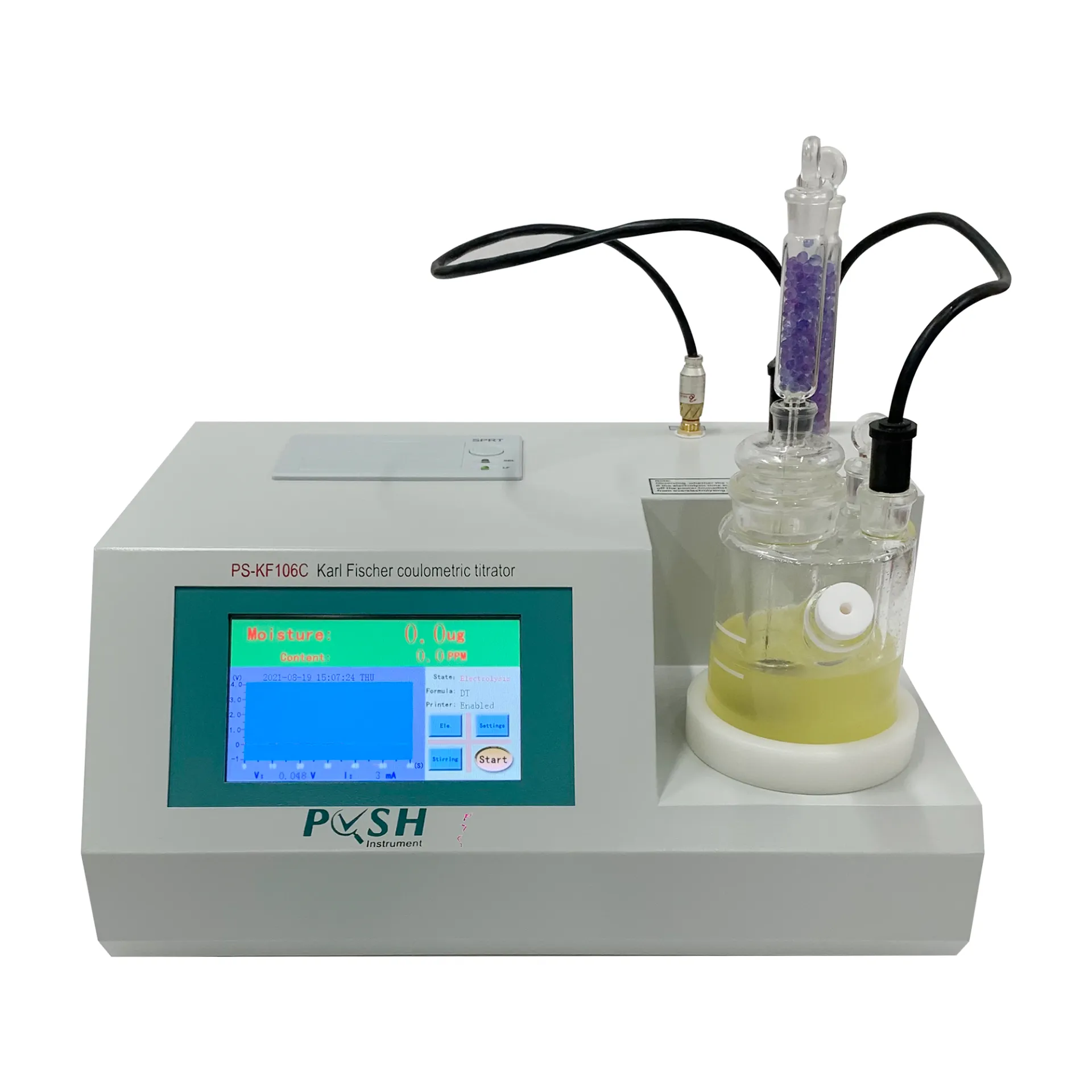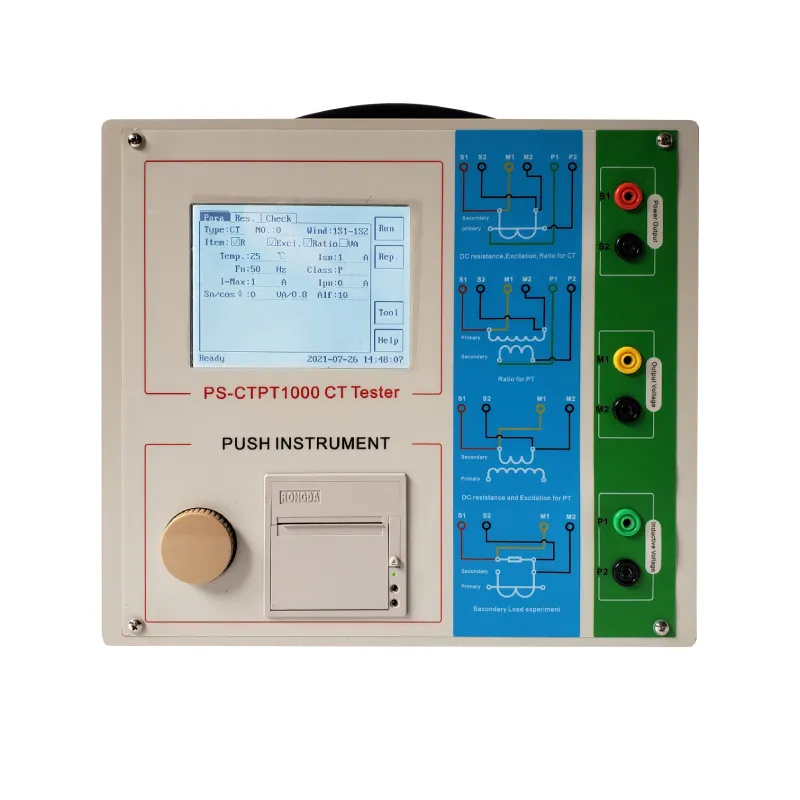TEL:
+86-0312-3189593
 English
English

Telephone:0312-3189593

Email:sales@oil-tester.com

-
 Afrikaans
Afrikaans -
 Albanian
Albanian -
 Amharic
Amharic -
 Arabic
Arabic -
 Armenian
Armenian -
 Azerbaijani
Azerbaijani -
 Basque
Basque -
 Belarusian
Belarusian -
 Bengali
Bengali -
 Bosnian
Bosnian -
 Bulgarian
Bulgarian -
 Catalan
Catalan -
 Cebuano
Cebuano -
 China
China -
 China (Taiwan)
China (Taiwan) -
 Corsican
Corsican -
 Croatian
Croatian -
 Czech
Czech -
 Danish
Danish -
 Dutch
Dutch -
 English
English -
 Esperanto
Esperanto -
 Estonian
Estonian -
 Finnish
Finnish -
 French
French -
 Frisian
Frisian -
 Galician
Galician -
 Georgian
Georgian -
 German
German -
 Greek
Greek -
 Gujarati
Gujarati -
 Haitian Creole
Haitian Creole -
 hausa
hausa -
 hawaiian
hawaiian -
 Hebrew
Hebrew -
 Hindi
Hindi -
 Miao
Miao -
 Hungarian
Hungarian -
 Icelandic
Icelandic -
 igbo
igbo -
 Indonesian
Indonesian -
 irish
irish -
 Italian
Italian -
 Japanese
Japanese -
 Javanese
Javanese -
 Kannada
Kannada -
 kazakh
kazakh -
 Khmer
Khmer -
 Rwandese
Rwandese -
 Korean
Korean -
 Kurdish
Kurdish -
 Kyrgyz
Kyrgyz -
 Lao
Lao -
 Latin
Latin -
 Latvian
Latvian -
 Lithuanian
Lithuanian -
 Luxembourgish
Luxembourgish -
 Macedonian
Macedonian -
 Malgashi
Malgashi -
 Malay
Malay -
 Malayalam
Malayalam -
 Maltese
Maltese -
 Maori
Maori -
 Marathi
Marathi -
 Mongolian
Mongolian -
 Myanmar
Myanmar -
 Nepali
Nepali -
 Norwegian
Norwegian -
 Norwegian
Norwegian -
 Occitan
Occitan -
 Pashto
Pashto -
 Persian
Persian -
 Polish
Polish -
 Portuguese
Portuguese -
 Punjabi
Punjabi -
 Romanian
Romanian -
 Russian
Russian -
 Samoan
Samoan -
 Scottish Gaelic
Scottish Gaelic -
 Serbian
Serbian -
 Sesotho
Sesotho -
 Shona
Shona -
 Sindhi
Sindhi -
 Sinhala
Sinhala -
 Slovak
Slovak -
 Slovenian
Slovenian -
 Somali
Somali -
 Spanish
Spanish -
 Sundanese
Sundanese -
 Swahili
Swahili -
 Swedish
Swedish -
 Tagalog
Tagalog -
 Tajik
Tajik -
 Tamil
Tamil -
 Tatar
Tatar -
 Telugu
Telugu -
 Thai
Thai -
 Turkish
Turkish -
 Turkmen
Turkmen -
 Ukrainian
Ukrainian -
 Urdu
Urdu -
 Uighur
Uighur -
 Uzbek
Uzbek -
 Vietnamese
Vietnamese -
 Welsh
Welsh -
 Bantu
Bantu -
 Yiddish
Yiddish -
 Yoruba
Yoruba -
 Zulu
Zulu
Feb . 03, 2025 02:36
Back to list
bdv transformer test
Understanding CT saturation tests is crucial for anyone dealing with electronic components, especially when quality assurance and accurate performance are at stake. The CT saturation test is a method primarily used to evaluate the capability of a current transformer (CT) to produce accurate results without distortion. This test is vital for maintaining the reliability of power monitoring and protection systems.
Our expertise extends beyond conducting the test. Accurate interpretation of the saturation test's results is pivotal. Incorrect analysis can lead to poorly informed decisions that may compromise system stability. That's where trusted sources and professional insights are essential. As a practitioner dedicated to the industry's well-being, I advocate for continuous learning and leveraging advanced analytical tools that enhance the interpretation accuracy of CT saturation tests. The approach to CT saturation testing isn't one-size-fits-all. Different industrial applications and environmental conditions necessitate tailored testing approaches. It's here that authoritativeness in the knowledge of CT characteristics and performance variables plays a critical role. It's not only about knowing how to perform these tests but understanding the underlying factors that can affect the CT's behavior, such as temperature variations and frequency changes. Investment in training and development of staff conducting these tests is another wise strategy. Building internal expertise not only fortifies an organization's ability to conduct accurate tests but also enhances overall trustworthiness, as having a knowledgeable team instills confidence in both internal and external stakeholders. To summarize, CT saturation tests are indispensable for ensuring the accuracy and reliability of current transformers in any power system. Conducting these tests with precision, understanding their nuances through expertise, and making insightful interpretations through authoritative knowledge ensures that systems meet the highest standards of performance and safety. As the industry continues to evolve, those committed to mastering these tests will undoubtedly lead in innovating electrical measurement and protection solutions.


Our expertise extends beyond conducting the test. Accurate interpretation of the saturation test's results is pivotal. Incorrect analysis can lead to poorly informed decisions that may compromise system stability. That's where trusted sources and professional insights are essential. As a practitioner dedicated to the industry's well-being, I advocate for continuous learning and leveraging advanced analytical tools that enhance the interpretation accuracy of CT saturation tests. The approach to CT saturation testing isn't one-size-fits-all. Different industrial applications and environmental conditions necessitate tailored testing approaches. It's here that authoritativeness in the knowledge of CT characteristics and performance variables plays a critical role. It's not only about knowing how to perform these tests but understanding the underlying factors that can affect the CT's behavior, such as temperature variations and frequency changes. Investment in training and development of staff conducting these tests is another wise strategy. Building internal expertise not only fortifies an organization's ability to conduct accurate tests but also enhances overall trustworthiness, as having a knowledgeable team instills confidence in both internal and external stakeholders. To summarize, CT saturation tests are indispensable for ensuring the accuracy and reliability of current transformers in any power system. Conducting these tests with precision, understanding their nuances through expertise, and making insightful interpretations through authoritative knowledge ensures that systems meet the highest standards of performance and safety. As the industry continues to evolve, those committed to mastering these tests will undoubtedly lead in innovating electrical measurement and protection solutions.
Next:
Latest news
-
Using Distillation Range Testers in the Food and Beverage IndustryNewsApr.16,2025
-
The Impact of IoT on Distillation Range Tester PerformanceNewsApr.16,2025
-
The Best Distillation Range Testers for Extreme ConditionsNewsApr.16,2025
-
How Distillation Range Testers Save Time and MoneyNewsApr.16,2025
-
Distillation Devices for Advanced Separation TechniquesNewsApr.16,2025
-
Common Mistakes to Avoid When Using a Distillation Range TesterNewsApr.16,2025



